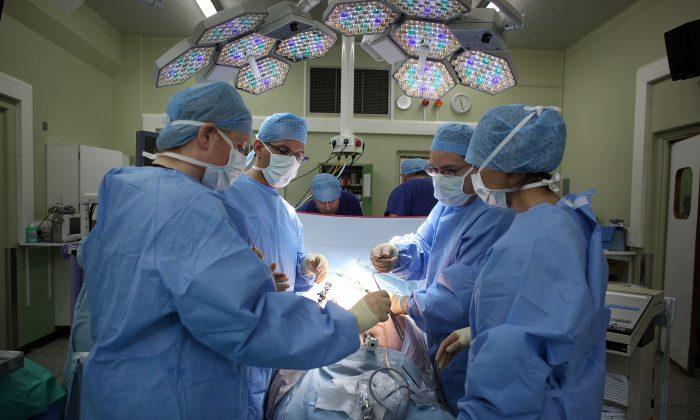Researchers found that convalescent plasma reduced the need for hospitalization by half for outpatients who participated in the study.
Convalescent plasma is plasma from people who have recovered from COVID-19 and whose blood contains antibodies against SARS-CoV-2, the virus that causes COVID-19.
In the outpatient early treatment study conducted between June 2020 and October 2021, the researchers provided 1,181 randomized patients with one dose each of either polyclonal high-titer convalescent plasma (containing a concentrated mixture of antibodies specific to SARS-CoV-2) or placebo control plasma (with no SARS-CoV-2 antibodies).
The patients were 18 and older, and had tested positive for SARS-CoV-2 within eight days prior to transfusion. Researchers defined a successful therapy as a patient not requiring hospitalization within 28 days after plasma transfusion.
The study found that 17 patients out of 592 (2.9%) who received the convalescent plasma required hospitalization within 28 days of their transfusion, while 37 out of 589 (6.3%) who received placebo control plasma did. This translated to a relative risk reduction for hospitalization of 54%.
“Therefore, we believe that the best role for COVID-19 high-titer convalescent plasma is extending its use to early outpatient treatment when other therapies, such as monoclonal antibodies or drugs, are either not readily available—as in low- and middle-income countries—or ineffective—as with SARS-CoV-2 variants that are resistant to certain monoclonal antibodies,” she says.
Convalescent plasma therapy is currently available in the United States under Food and Drug Administration (FDA) emergency use authorization. Before it can be considered as an early COVID-19 treatment option for outpatients, the FDA must extend the current authorization to include its use in that role.
“We have shared our findings with the FDA, as well as with the World Health Organization,” says Sullivan. “We hope that both organizations will see the value of convalescent plasma for outpatients based on the strength of our study, the largest randomized clinical trial of its kind to date.”
“Eventually, we hope that our data will guide clinicians in how to effectively use high-titer convalescent plasma as an early outpatient treatment, especially regarding timing and dosage,” says Gebo.
Additional institutions and organizations participating in the study include Ascada Research, Baylor College of Medicine, Georgetown University School of Medicine, Luminis Health, Mayo Clinic, MedStar Washington Hospital Center, National Institutes of Health, NorthShore University HealthSystem, Nuvance Health, Pacific Northwest University of Health Sciences, Rhode Island Hospital, The Bliss Group, The Next Practice, University of Alabama at Birmingham, University of California Irvine College of Medicine, University of California Los Angeles, University of California San Diego School of Medicine, University of Cincinnati College of Medicine, University of Massachusetts Chan Medical School, University of Miami Miller School of Medicine, University of New Mexico School of Medicine, University of Rochester Medical Center, University of Texas McGovern Medical School at Houston, University of Utah Health, and Wayne State University School of Medicine.
The US Department of Defense Joint Program Executive Office for Chemical, Biological, Radiological and Nuclear Defense, in collaboration with the Defense Health Agency, the National Institute of Allergy and Infectious Diseases, the National Center for Advancing Translational Sciences, the Mental Wellness Foundation, the Moriah Fund, Octapharma Plasma, the Healthnetwork Foundation, the Shear Family Foundation, Bloomberg Philanthropies, and the state of Maryland funded the work.
The study authors do not have financial or conflict of interest disclosures.





